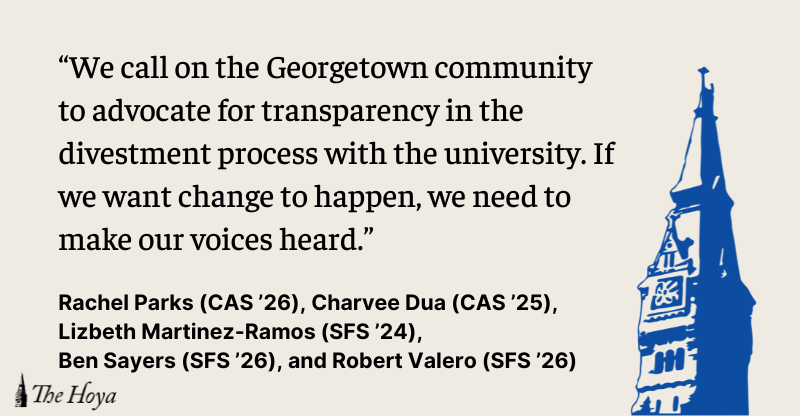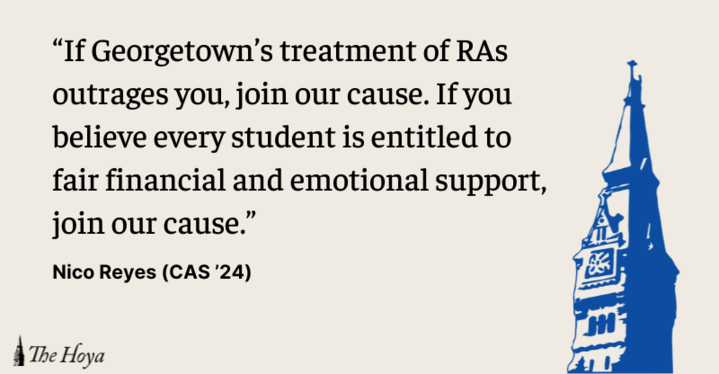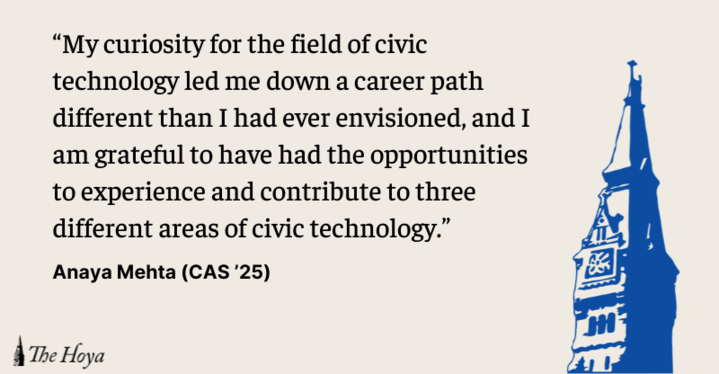Divisive, messy and disorganized, the protesters currently occupying Zuccotti Park in Manhattan have been derided for everything from their hairstyles to their skewed demographics, which lean toward the young and idealistic. Although they may not have a 20-Point Plan poised for its introduction to the Senate, I’m willing to state that this, in fact, is what democracy looks like.
Beginning with a spontaneous call inspired by the relatively obscure Canadian magazine Adbusters in early September, what is now known as Occupy Wall Street has drawn tens of thousands of protesters across the United States and the world, topping out at over 900 participatory cities during a coordinated day of protest on Oct. 15.
While their concerns are numerous and amorphous, all have rallied around the notion that the extreme concentration of wealth in the hands of the few has led to far greater problems for the many, leading supporters to proclaim that “we are the 99 percent.”
Since the recession officially ended in June 2009, the average income for the “1 percenters” earning well over $1 million has actually increased, while the rest of us saw a decline in shares of the country’s wealth over the same period. As of today, the richest 10 percent control two-thirds of all Americans’ net worth.
These grievances are very real and legitimate; they reflect an outpouring of energy and activism toward something that should be recognized for what it truly is — an economic injustice and moral wrong. It is the reason why we cannot call a premature end to the current economic crisis when unemployment still stands at 9 percent, benefits are being cut daily through austerity measures both at home and abroad and Wall Street corruption has yet to be reformed.
While perhaps sitting in a park for weeks on end is not the most conducive way to enact policy change, it is not the role of the protestors to create such changes. True representative democracy has two parts: While one part happens on Capitol Hill with suits, Blackberries and briefcases, the other happens on the streets.
Before any readers cry “mob,” “groupthink” or “America is a republic, not a democracy,” let’s remember that this very right to protest peaceably en masse and petition the federal government is specifically protected in our very own Constitution. The First Amendment explicitly states that “the right of the people to peaceably assemble, and to petition the Government for a redress of grievances” shall not be abridged. This aspect of our government is the often forgotten second arm of how democracy in this country is supposed to work.
The role of the protesters is to effectively articulate the general sentiment of the population, no matter how emotional or unprofessional it may be. Ideally, politicians in Congress would take note of the feeling of outrage expressed at our quickly growing Gini index and change policy and law accordingly. While this is unlikely to occur given today’s polarized climate, it’s worth noting that a solid majority supports the core Occupy ideas of too much money in politics and an oversized gap between the rich and poor.
What is occurring in Zuccotti Park in New York and cities nationwide is not illegal (save for some misfiling of permits), and it represents one of the key principles this nation was founded on in the first place.
Many comparisons — rejected by both parties — have been made between the Occupy movements of today and the now receding Tea Party of post-2008 fame. The Tea Party is as legitimate as Occupy Wall Street is — both are partly ideological, semi-spontaneous social movements that sprang from a genuine dissatisfaction toward the direction the country and world were headed. While the Tea Party concerned itself with the perceived overreach of government and burden of taxes on ordinary Americans, Occupy seems to finally be getting angry with the right people.
While the protests themselves will surely not force large-scale policy changes to solve income inequality and end chronic unemployment, they are a welcome addition to a political landscape currently characterized by a lack of genuine popular participation. With a majority of Americans feeling isolated by both major political parties, it’s encouraging to see a rare moment of convergence on the issue of income inequality and excessive money in politics.
While the protesters may not be the slickest operation to hit politics since the invention of the Super PAC, their issues are real and deserve our attention. Let’s give Occupy Wall Street a chance.
Ricky Garza is a junior in the School of Foreign Service and the co-editor-in-chief of the Georgetown Progressive, the online publication of the GU College Democrats.














